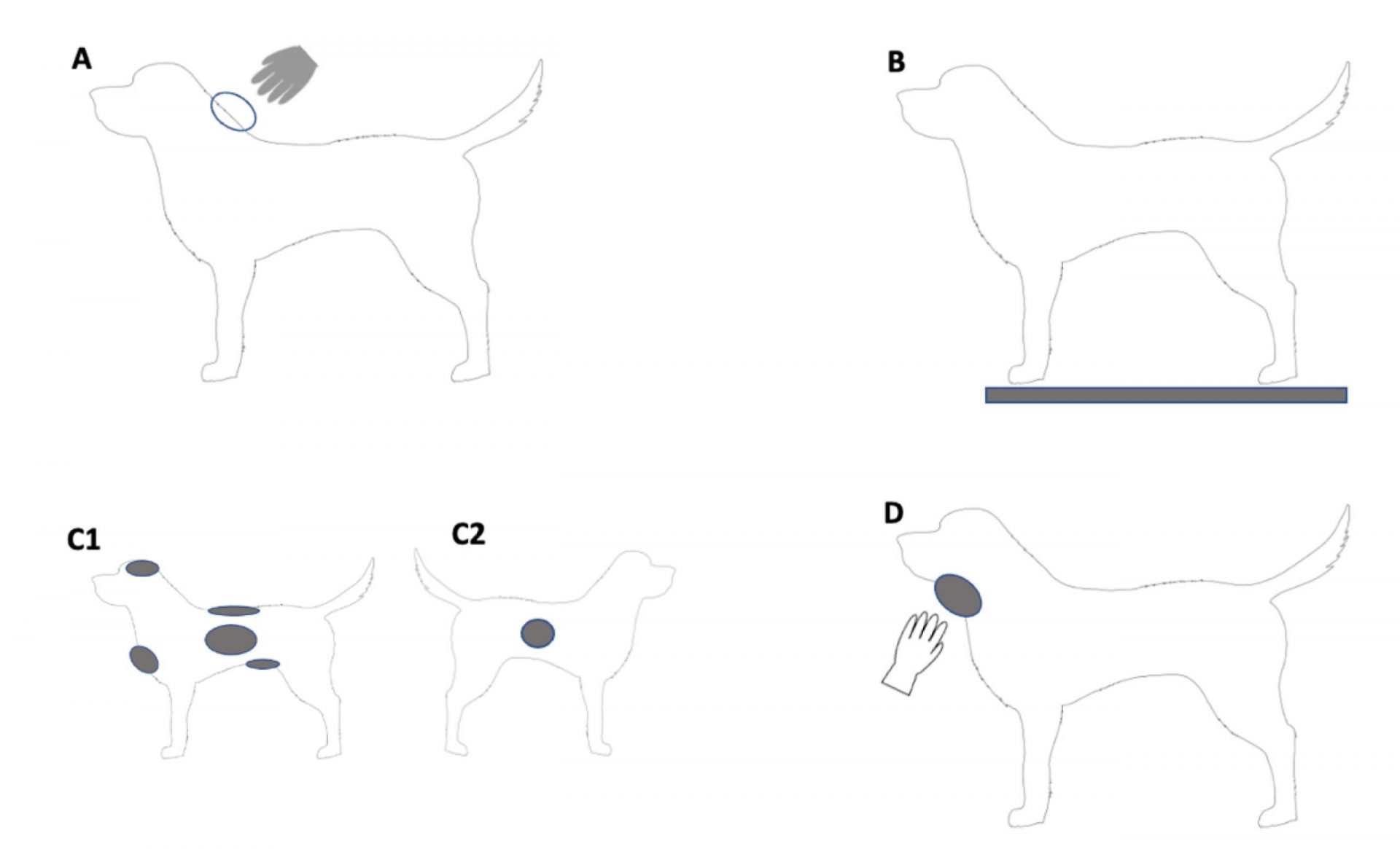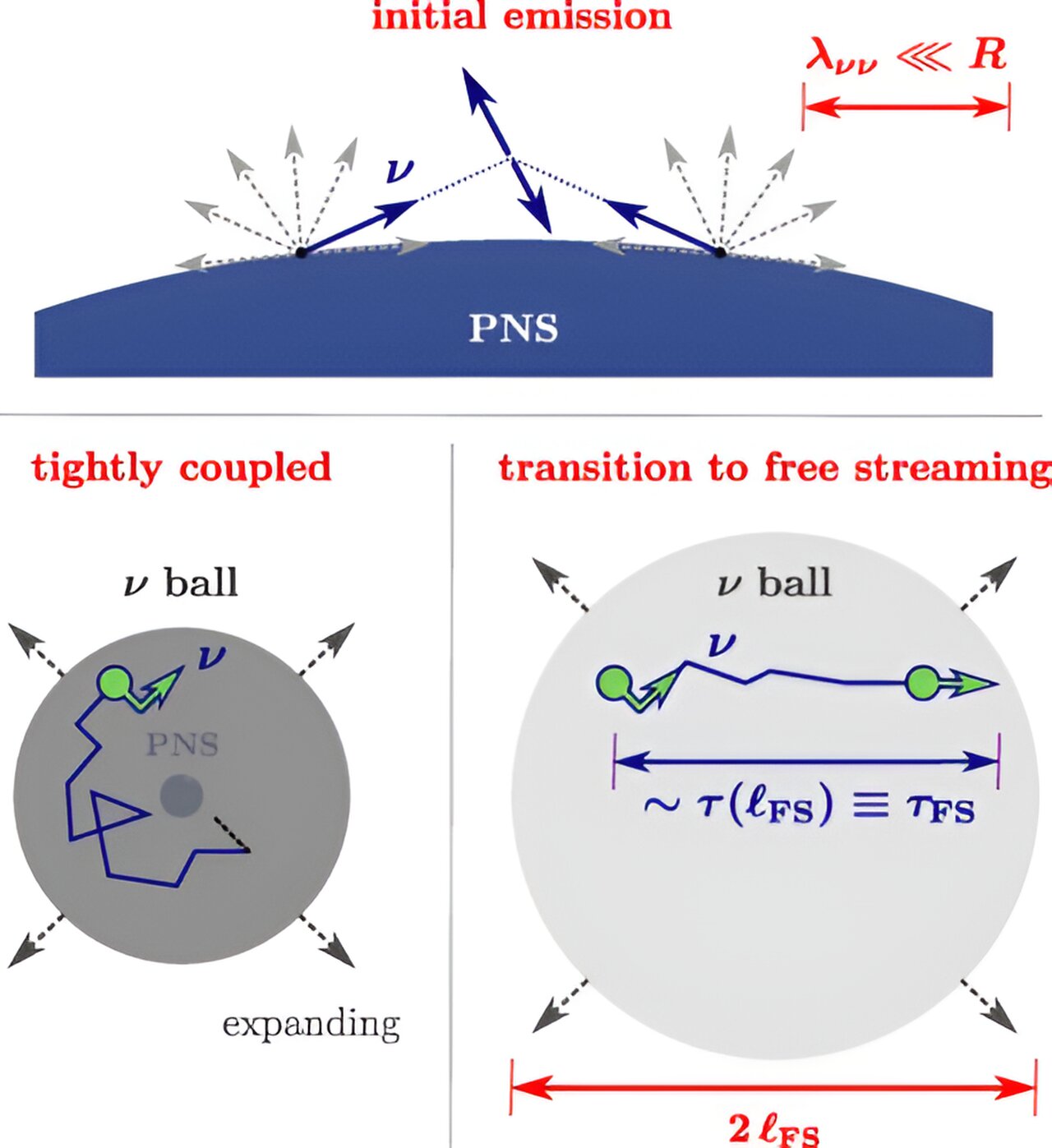Canines are not just crime-fighting partners, but they could also play a crucial role in police investigations as witnesses or residents at the crime scene.
The latest Australian study conducted by researchers in Victorian and South Australia reveals that DNA analysis can now be extended to include pets like cats and dogs, providing valuable evidence in criminal investigations.
Heidi Monkman, a researcher from Flinders University, collaborated with Roland van Ooorschot from the Victoria Police Forensic Services Department and Bianca Szkuta from Deakin University to collect human DNA samples from 20 pet dogs of various breeds from different households.
During the preliminary study at Deakin, it was discovered that human DNA can be found on all parts of the dogs that were sampled, with certain areas consistently yielding more DNA, such as the head and back.
“This study proves that human DNA can be transferred to dogs through physical contact, such as patting and walking, and can then be transferred from dogs to other surfaces,” explains Heidi Monkman, the first author of the study.
This valuable information can assist investigators in considering the collection of human DNA from dogs when dealing with criminal cases involving canines. It also highlights the need to consider dogs as potential carriers of human DNA in specific scenarios.
In addition to the DNA of the dog owners and household members, the study also found DNA from unknown sources, which requires further investigation.
While animals in domestic environments can be victims, offenders, or innocent parties associated with a crime, our understanding of human DNA transfer, persistence, prevalence, and recovery (DNA TPPR) in relation to domestic animals is limited, according to the researchers.
Further research is being conducted at Flinders University to gain a better understanding of the transfer of human DNA to and from companion animals. This data will greatly assist forensic investigators and legal authorities.
The study titled “Presence of Human DNA on Household Dogs and Its Bi-Directional Transfer” has been published in Genes.








